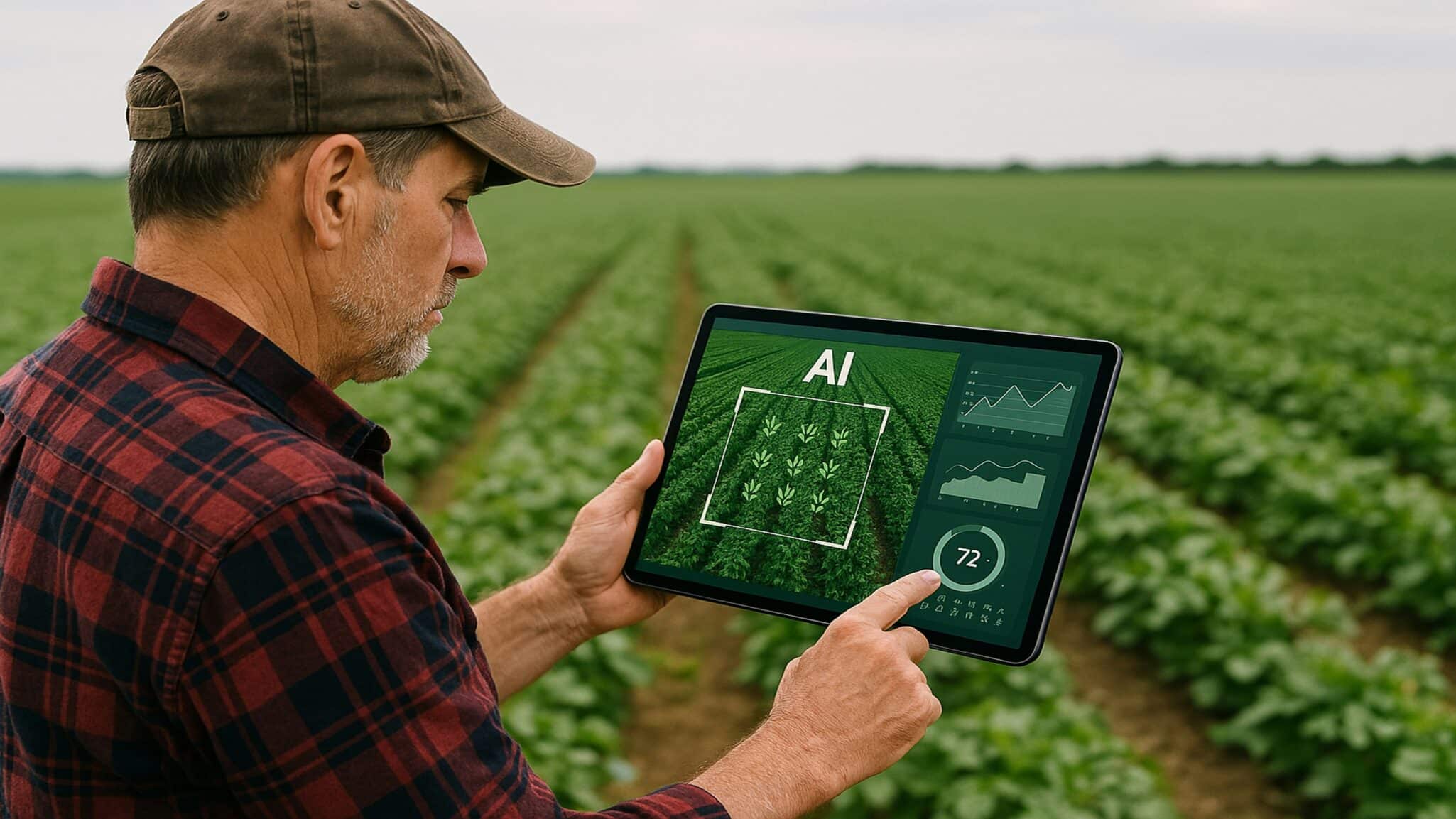Key Takeaways
- PitchBook reports $1.6 billion invested across 137 agtech deals in Q1 2025, marking declines in both value and deal count from the previous quarter.
- Median pre-money valuations and deal sizes increased, indicating investor focus on later-stage, higher-quality opportunities.
- Ag biotech led funding with $797.4 million, while indoor farming recorded the smallest share with $156.4 million.
- Exit activity remained subdued at $40.3 million across 11 deals, reflecting public market volatility.
- Notable deals included Eion’s $33 million carbon-removal agreement and Yamaha’s acquisition of Robotics Plus and The Yield.
PitchBook highlights shifting dynamics in agtech VC sector
PitchBook released its Q1 2025 Agtech VC Trends report, showing the sector entered the year cautiously as market volatility and macroeconomic uncertainty continued to influence investment decisions. Agtech startups raised $1.6 billion through 137 deals during the quarter, representing a 3.7% drop in value and a 24.7% drop in deal count compared to Q4 2024.
Despite reduced activity, deal sizes and valuations rose. The median pre-money valuation grew from $15.1 million in 2024 to $20 million in Q1 2025, while the median deal size increased from $3.2 million to $4.4 million. This suggests investors remain selective, prioritizing companies with commercial traction and scalable models.
PitchBook data shows dominance of ag biotech and precision agriculture
According to PitchBook, ag biotech emerged as the most active segment, attracting $797.4 million across 55 deals. Precision agriculture followed with $266.2 million from 38 deals, supported by ongoing demand for robotics and automation solutions. Other sectors, including animal agriculture and indoor farming, saw more modest investment levels. Indoor farming recorded just $156.4 million across four deals, reflecting the continued capital intensity and scalability challenges in the space.
Alex Frederick, Senior Research Analyst at PitchBook, noted, “The shift toward larger, later-stage deals highlights a more disciplined investment approach amid the sector’s ongoing recalibration.”
Exit activity slowed in Q1 amid public market volatility
Exit activity was limited in the first quarter. PitchBook reported just $40.3 million in exits from 11 deals, a significant decrease from $274 million in Q4 2024. Most exits were through acquisitions, including Yamaha’s purchases of Robotics Plus and The Yield, aimed at expanding precision agriculture capabilities.
“The subdued exit environment reflects cautious sentiment among strategic buyers and public market investors,” said Paul Condra, Global Head of Private Markets Research at PitchBook.
Emerging themes shape agtech investment landscape
Notable developments during Q1 2025 highlighted broader shifts in agtech. Eion’s $33 million carbon-removal offtake agreement stood out as a major commitment to climate-focused agriculture solutions. Meanwhile, Avalo, backed by Coca-Cola, raised $11 million to advance AI-powered plant breeding. However, challenges remained as Ÿnsect entered judicial recovery, illustrating financial pressures in parts of the market.
“While innovation and strategic partnerships continue to drive key sectors forward, risk management and capital efficiency are increasingly central to investor decision-making,” said Nizar Tarhuni, Executive Vice President of Research and Market Intelligence at PitchBook.
Outlook for agtech VC remains cautiously optimistic
Looking ahead, PitchBook suggests that while established companies will continue to attract capital, early-stage investment may gradually recover as confidence returns. Q1 2025 is likely to be remembered as a period of consolidation and careful growth, setting the tone for a more measured agtech investment landscape in the months ahead.
Read the entire report here.


